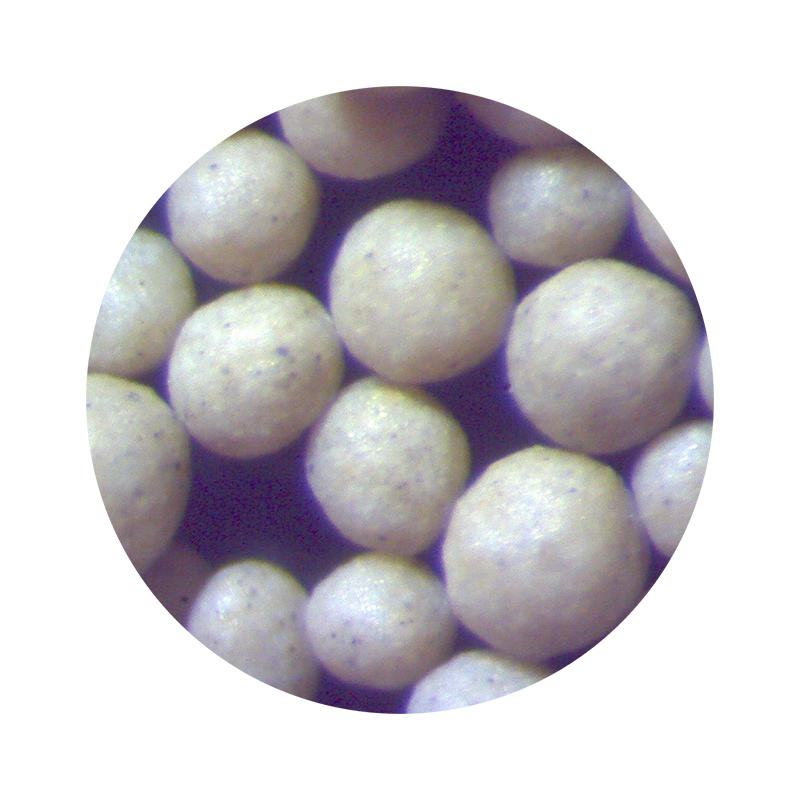Sand Casting Mass Production An Overview
Sand casting is one of the oldest and most versatile metal casting processes. It involves creating a mold from sand and then pouring molten metal into that mold to create various metal parts. In the context of mass production, sand casting offers several benefits that contribute to efficiency and cost-effectiveness, making it a popular choice across multiple industries. This article explores the fundamentals of sand casting mass production, its advantages, processes, and applications.
The Sand Casting Process
The sand casting process begins with the creation of a pattern that represents the final product. This pattern is typically made from a material such as wood, metal, or plastic and is designed to be slightly larger than the final component due to the shrinkage of the metal as it cools. Once the pattern is completed, it is used to imprint the desired shape into a mixture of sand and a binder, forming two halves of a mold.
Once the mold is prepared, it is assembled and molten metal that has been heated to its liquid form is poured into the cavity of the mold through a designated pouring basin. After the metal fills the mold and solidifies, the mold is broken apart to retrieve the cast part. The surface of the cast piece is usually not perfect, necessitating further finishing processes such as grinding, machining, or polishing depending on the specifications for the final product.
Advantages of Sand Casting for Mass Production
1. Cost-Effective Sand casting is particularly advantageous for mass production because it uses relatively inexpensive materials. The sand that forms the mold can be recycled and reused multiple times, which reduces raw material costs.
2. Flexibility The sand casting process can be used to produce a wide variety of shapes and sizes, from small intricate parts to large components. This makes it suitable for numerous applications across different industries, including automotive, aerospace, and manufacturing.
3. High Tolerance Levels While sand casting traditionally had lower tolerances compared to other casting methods such as investment casting, advancements in technology have improved the precision of sand casting. With modern techniques, cast parts can achieve good dimensional tolerances, making them suitable for many applications.
4. Large Production Runs Once the mold is created, multiple parts can be produced in quick succession, making sand casting an efficient method for large production runs. The time required to create the molds is offset by the speed at which the individual parts can be cast.
sand casting mass production

5. Suitable for Various Alloys Sand casting can accommodate various metals, including aluminum, copper, iron, and steel, allowing manufacturers to choose the best material for their specific application.
Challenges and Solutions
Despite its many advantages, sand casting does present certain challenges. One of the primary concerns is achieving a consistent and high level of quality across all produced parts. The variability in sand composition and the manual nature of some processes can lead to defects such as sand inclusions or surface imperfections.
To address these challenges, manufacturers are increasingly turning to automation and advanced technology. Automated molding machines can create molds with greater precision and consistency. Additionally, computer-aided design (CAD) software allows for more accurate designs that can be easily modified, improving the quality of the final products.
Another challenge is the environmental impact of sand casting, primarily due to the sand waste generated during the process. However, many companies are implementing recycling techniques to minimize waste and are exploring alternative binders that are more environmentally friendly.
Applications of Sand Casting
Sand casting is widely used in various industries due to its versatility. In the automotive industry, it is commonly used for producing engine blocks, cylinder heads, and transmission cases. The aerospace industry utilizes sand casting for components such as brackets, housings, and turbine parts. Additionally, sand casting is employed in manufacturing industrial machinery, pipelines, and agricultural equipment.
Conclusion
In conclusion, sand casting is a vital process in mass production that balances cost, flexibility, and versatility. Despite its challenges, ongoing advancements in technology and a focus on sustainability are enhancing its efficiency and quality. As industries continue to evolve, sand casting will likely remain a key player in the manufacturing landscape, capable of meeting the demands for diverse products across various sectors. Whether producing traditional components or innovative designs, sand casting will persist as a reliable method for mass production in the metalworking industry.
Post time:ធ្នូ . 29, 2024 13:16
Next:The Enchanting Shores of Golden Sands and Sunlit Waves
